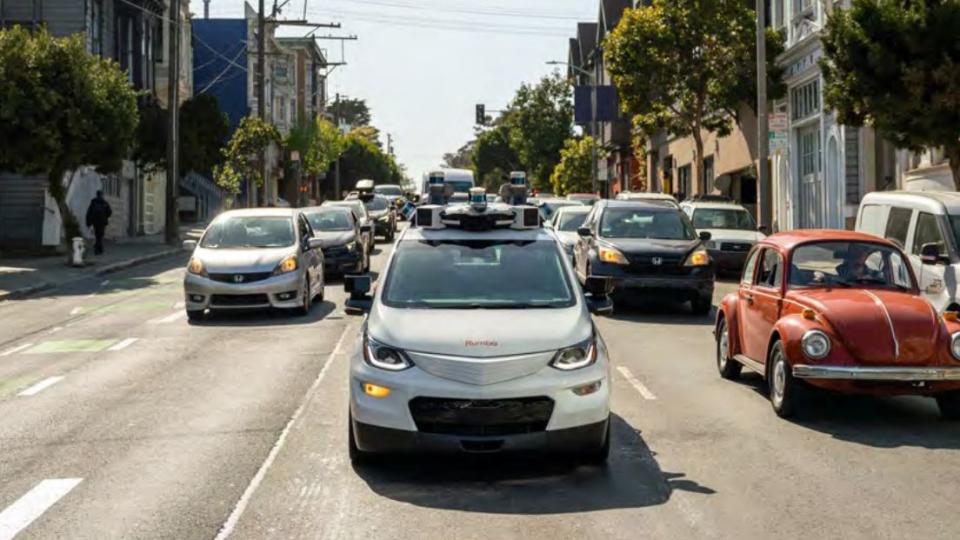These Two US Cities Will Get Cruise Robotaxis

GM's Cruise reveals plans to bring robotaxi operations to Seattle, Washington; as well as Washington, DC.
The early stage of robotaxi operations requires manual data collection and 3D mapping, which is a process that currently takes several weeks.
Cruise, along with Waymo, were recently granted permits to work at all hours in the city of San Francisco, after months of mostly night-time operations.
Just a couple of weeks after Cruise was granted a permit to operate at all hours in the city of San Francisco for paying customers, the robotaxi developer reveals plans to expand to two more cities.
Cruise says it will begin manual data collection in Seattle and Washington DC starting this week, with the latter becoming the third East Coast city added to the company's list.
Earlier this summer Cruise revealed it will begin work in Miami and Charlotte after announcing similar plans for a number of other cities in the west, including Phoenix, Austin, Dallas, and Houston.
This preliminary stage of data collection in a given metro area typically takes a few weeks of 3D mapping, with Cruise keen to reduce the amount of time needed for this process. Only after that mapping and data collection stage, as well as obtaining the necessary permits from the state and the city, can rides for paying customers begin.
"Early data collection is the first step toward launching commercial service in a new city," Cruise CEO Kyle Vogt tweeted.
Will More Robotaxis Mean More Mayhem?
"We're pipelining our deployment playbook across several cities simultaneously now."
The company's experience in San Franscisco has not been without controversy. Even prior to the California Public Utilities Commission granting permits earlier this month to Cruise and Waymo to operate 24/7—a process that included an emotionally charged public hearing with city residents—robotaxis had gained a reputation for impeding traffic at times, as well as blocking the way for emergency vehicles.
Robotaxis in the city had also been the target of activist groups not pleased by their sudden presence on the streets.
Days after obtaining permits in the West Coast city earlier this month, more traffic mayhem followed that involved robotaxis, which led the California Department of Motor Vehicles to ask Cruise to cut its San Francisco fleet by 50%.
Among other things, San Francisco's experience in hosting fleets of competing robotaxis has raised questions about the continued use of ride-hailing drivers, whom the ride-hailing companies want to get rid of in favor of robotaxis, as well as the safety of large robotaxi fleets when it comes to fare-paying riders.
The first large-scale experiment in the Bay Area has also increased skepticism regarding the profit-generating potential of robotaxis for companies that operate them, as they will have to own or lease as well as service a fleet of complex, sensor-laden cars instead of relying on ride-hailing app drivers who use their own vehicles.
At the moment, the longer-term economics of robotaxis deployed at scale remain murky even as Level 4 technology becomes increasingly reliable.
Can robotaxis edge out ride-hailing app drivers with their own cars when it comes to costs, or is this tech destined to remain too expensive for the foreseeable future? Let us know what you think.

 Yahoo Autos
Yahoo Autos 